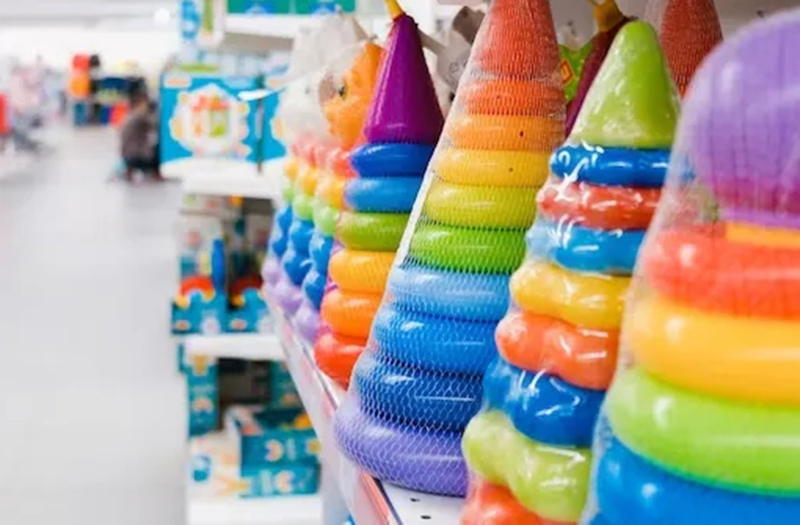How to Clean and Maintain Your Cutting Board
2017-07-26 19:48:18

Though on a peaceful day your kitchen might look innocent, in reality, there are plenty of perils lurking around every pot, shelf, utensil and even on the floor. Some things, like knives, prove fairly obvious.But there are other kitchen utensils in your cooking area that might not strike the danger button in your head. Do you want to know what is it?The answer is cutting board, one of the most important tools in your kitchen.
There are a variety of materials of cutting board, like wood, bamboo, plastic and so on.Here we will share some tips on how to clean and maintain your wooden cutting board.
According to Epicurious, how you use your wooden cutting board dictates how you should clean it. If you've been chopping things like veggies or nuts, run the board under hot water, apply dish soap to a gentle sponge or brush and scrub the surface for a few minutes. Let the board air dry by standing it up against the wall.
If you've been using it to chop raw meat, Food Network recommends disinfecting the board with 3 percent hydrogen peroxide. Pour it over the surface, spread it around using a sponge and let it sit for a few minutes. Use a clean sponge to wipe off the excess liquid when the time's up.
But as a rule of thumb, you should avoid cutting raw meet on a wooden cutting board. Bacteria can seep into the crevices of the wood and fester, contaminating the surface. You should also avoid putting a wooden board in the dishwasher, as it will dry out the surface, causing it to crack and splinter.
Regular disinfection is also very important.You can use either pure white vinegar or a mixture of two tablespoons of chlorine bleach in a gallon of water. Note that any vinegar other than pure white vinegar may impart smells to your board that is undesired. These solutions work to disinfect the board because vinegar has a low pH and bleach has a high pH, both of which will kill bacteria and germs, as they can only live within certain pH conditions. To apply, soak a cloth in the solution, then wipe the board down thoroughly with the wet cloth.
After you have disinfected your board, the next step is to wipe it with a dry cloth.You can use is coconut oil, which will not go rancid for some time (but is not immune to eventually spoiling). Oils work by occupying the space in the wood fibers and preventing water from entering your board and causing cracks and splits. These little crevices are where bacteria love to hide and multiply, so preventing your board from having small fractures is the key to keeping your cutting board sanitary.
Things You Should Never Do
Leave your cutting board soaking in water. The water will expand the wood fibers and crack the wood.
Let blood pool on the wood for long periods so that it soaks in.
Do NOT put your cutting board into the dishwasher.
-
The Ultimate Guide to Importing from China with a Yiwu Agent
2024-11-14 15:47:47 -
Wholesale Storage Boxes: Convenient Solutions for Diverse Needs
2024-07-08 16:37:33 -
How to Buy Cheapest Toys from China Directly ?
2024-07-08 16:21:06















